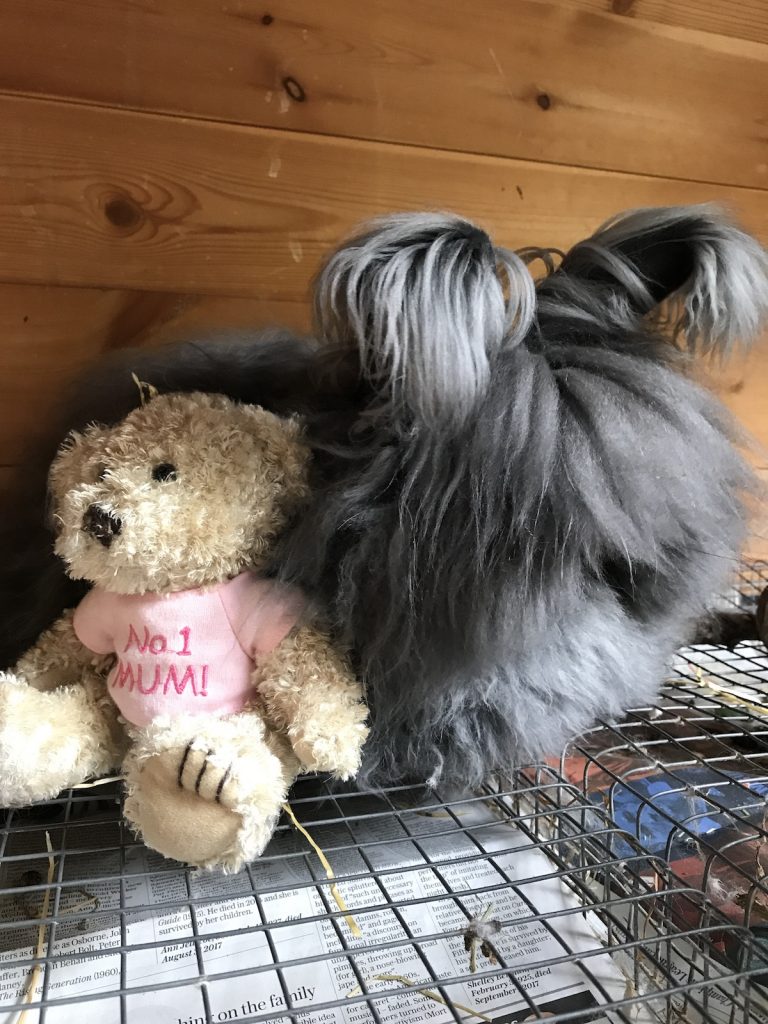
If you own an Angora rabbit, it is important to ensure that it is being kept in a healthy condition at all times. Here are some basics to check.

Weight and body condition
As you pick up your Angora rabbit to examine it, check the weight and examine the body for lumps, abnormalities, wounds, cuts, bald patches, scratches and any damage. Check the overall feel of your angora and ensure that it is well coloured in wool and flesh, they are a fairly small bodied rabbit but look larger due to the wool.

Teeth
The Angora rabbit belongs to the family of animals which gnaw, and the teeth give a clear indication of this gnawing and grinding habit. Check the cutting teeth, the incisors which have chiselled edges. In the upper jaw there are two grooved upper front incisors and behind them are two smaller incisors, plus twelve other teeth which are grinders.
In the lower jaw there are a single pair of front incisors and ten grinders. In a healthy rabbit the lower front teeth should fit neatly on to the small upper incisors as should the grinder match up and fit together and work properly. All rabbits teeth take a lot of wear and tear but they keep on growing throughout a rabbits lifetime. All teeth should be clean and check the gums at the same time.
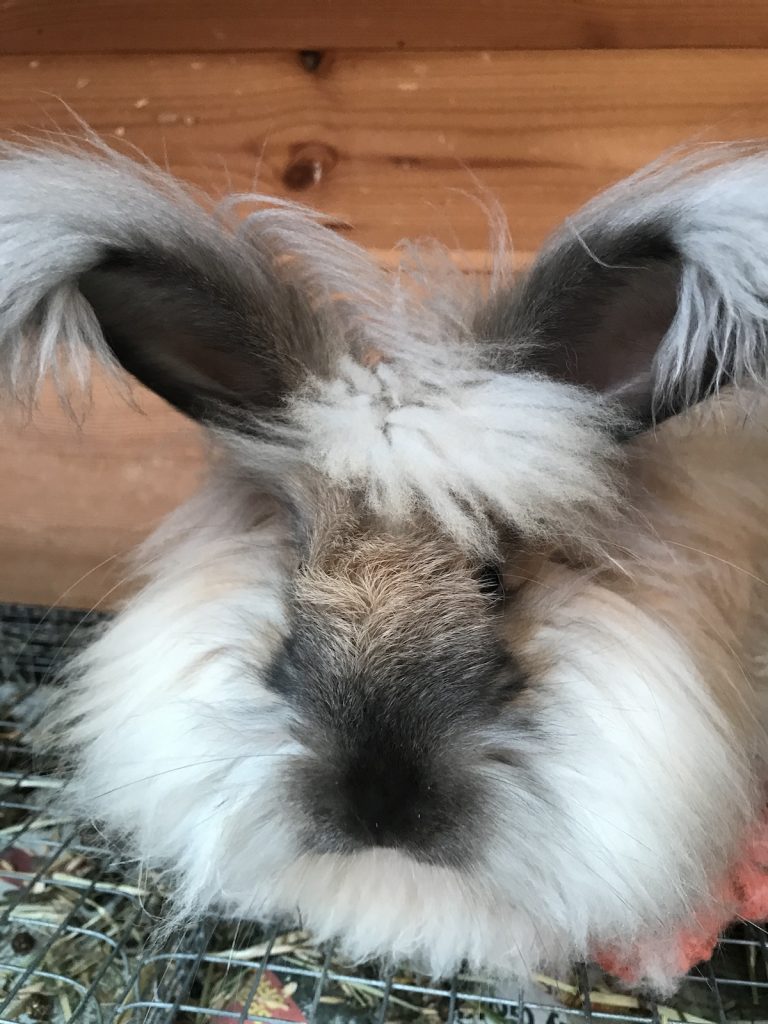
Ears
The ears of the Angora rabbit are like most rabbits prominent and should be clean and if well furnished free of matts and debris. They should be upright and not loped and firm. Clean the inside of the ears if required to remove any dirt or debris.

Eyes
Your angora rabbits eyes should be clean, sparkling, bright and not runny or wet. The eye lashes should be outward facing and not ingrowing.
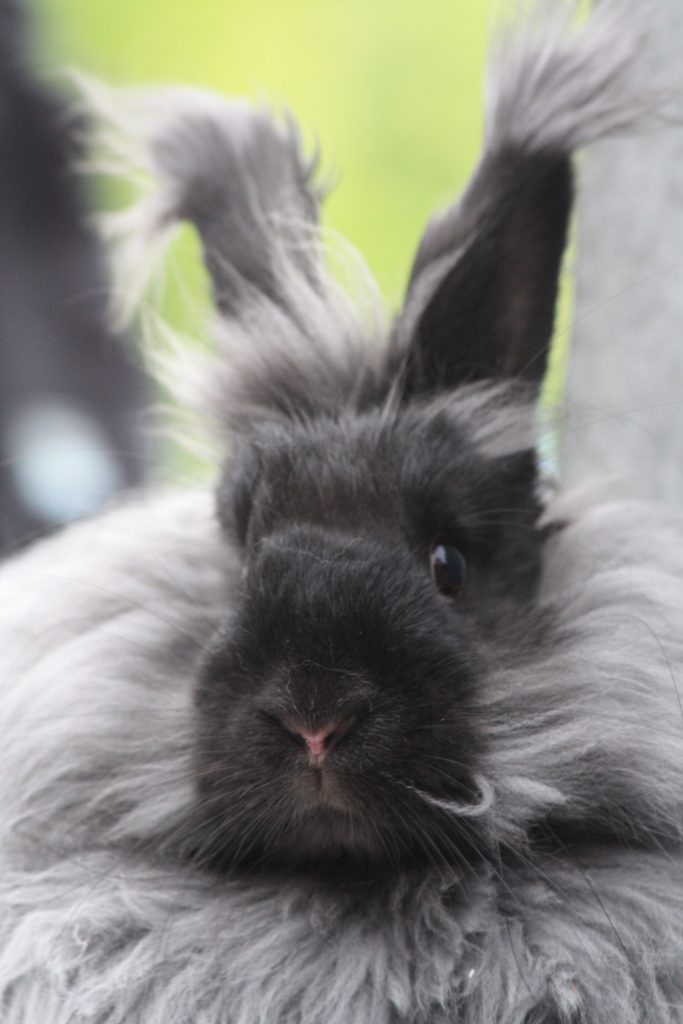
Nose
The nose of your angora rabbit should be rhythmically twitching and there should be no discharge from the nose or snuffling.
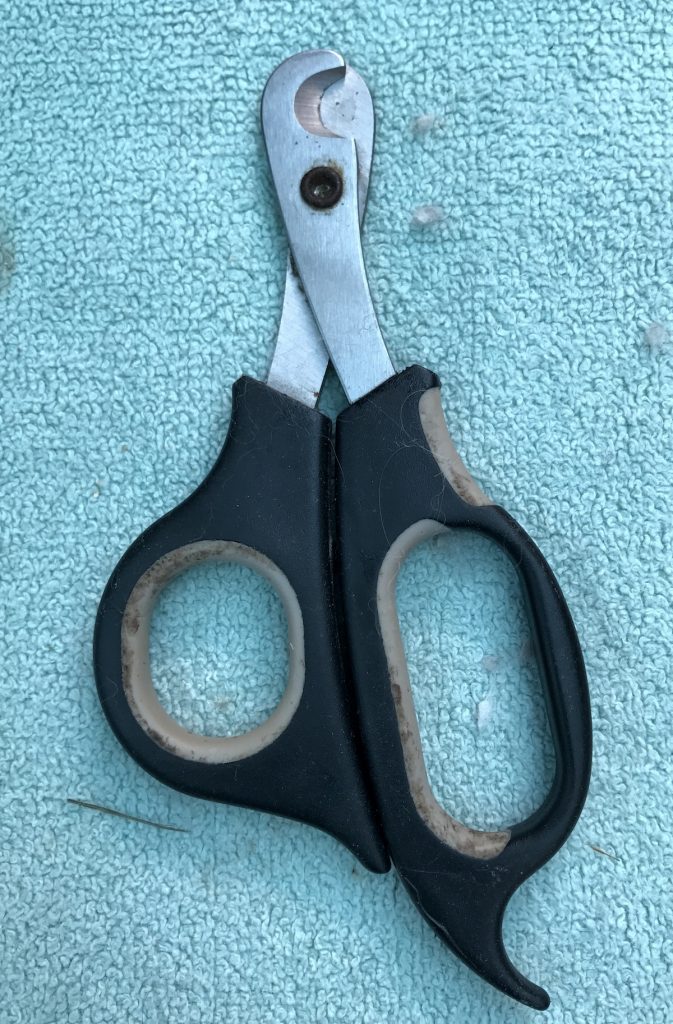
Claws
Angora rabbit claws with grow continuously and will require clipping back gently to prevent overgrowing or ingrowing. Avoid cutting too close to the quick though.

Movement
Allow your angora rabbit to have time out of the hutch to be able to watch its natural movement. The back legs move together as do the front in a hopping motion as they move. When let out on grass they can leap in the air and twist but check before you put them back in the hutch that they have not damaged themselves. Do not be alarmed if your angora lays out in a full stretch particularly in hot weather as this is a method of trying to cool down and often with the back legs fully extended. Your angora should normally be alert and active so if they display symptoms of lethargy and disinterest then examine them further.
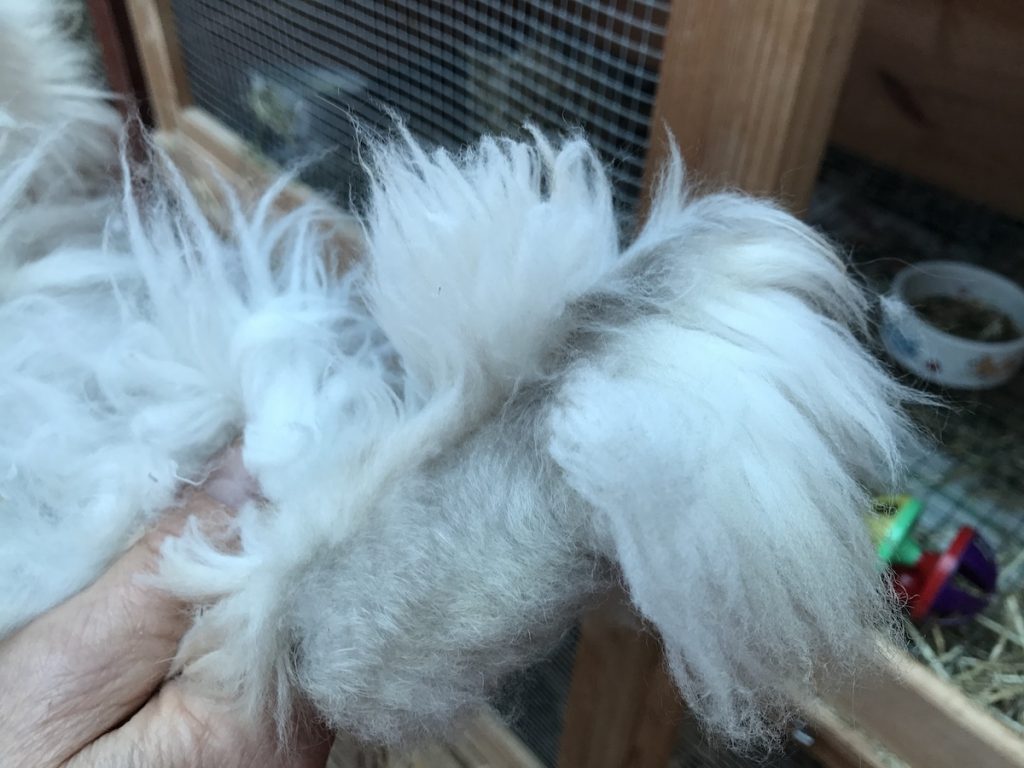
Feet and hocks
Check the feet and hocks of your angora for any sores or bald patches or tangled or matted wool. Also ensure they are clean and free from debris and dirt. Bucks tend to stamp their hind feet when they are alarmed or excited which can cause sores if they do this often.

Coat
Angora rabbits have a superb woollen coat but check for dry skin, scurf as their skin should be clean and slightly oily. One area in particular to check is behind the ears and back of the neck and this is a sign of lowered condition if there is scurf in this location. The overall condition of the wool should be firm and glossy but they will go through the natural process of moulting but with angora rabbits it is preferable to clip the wool as opposed to let them try to moult naturally.